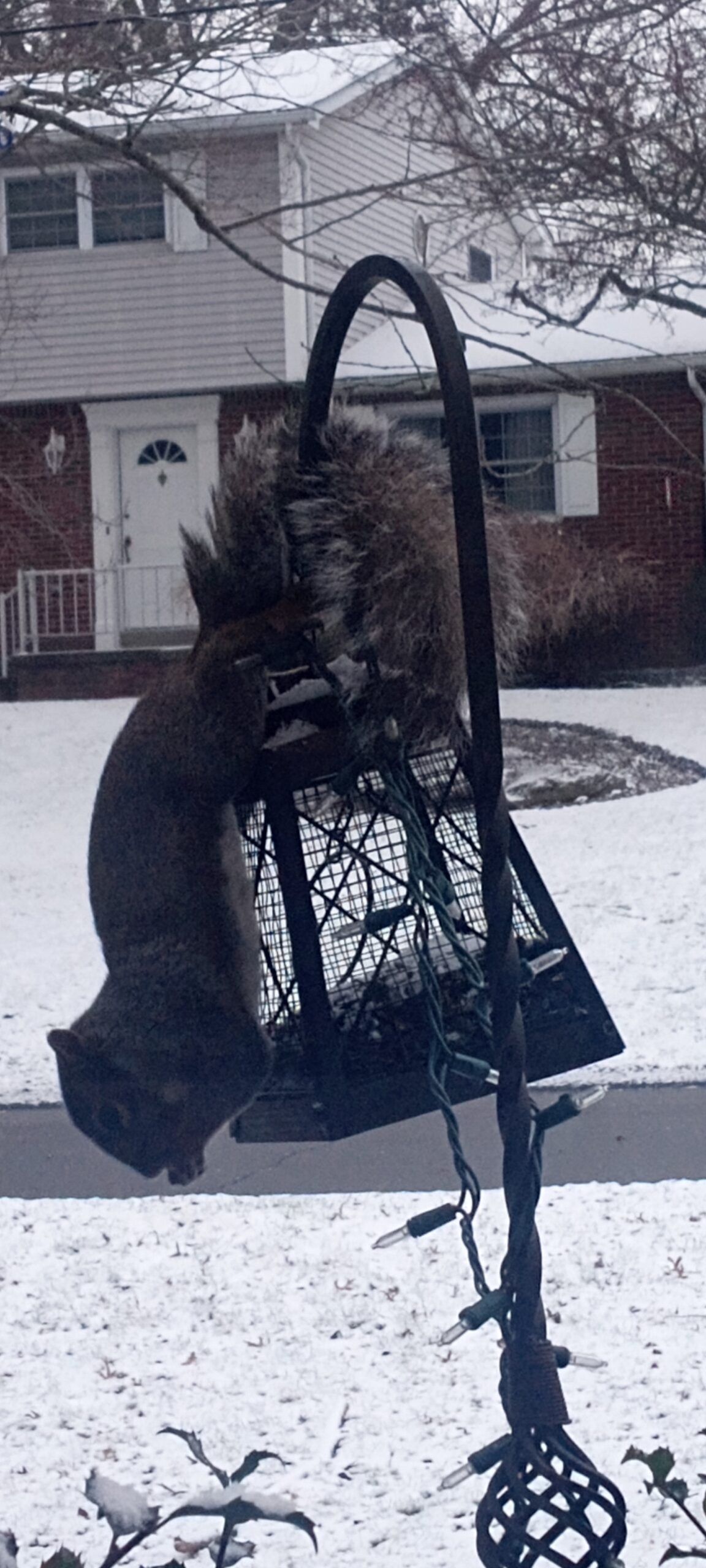You know the drill:
________ (book title) is about a _________ (main character) who __________ (central conflict) and discovers that __________ (general theme). I liked this book because _____________ (make up something here and try to stretch it to 100 words, or whatever the assignment says).
Even if the reader likes the book, the standard book report he’s required to turn in can make him wish he’d never picked it up.
In fact, the in-depth analysis that some students are expected to do, even as young as third grade, tends to kill the joy of reading faster than a shot in the head. At that age, who cares what the central conflict is, or what the characters represent, or the symbolism of the apple tree in chapter three? Literary analysis can be worthwhile at a certain age, just as taking apart a window-unit air conditioner can be worthwhile. But first you just want to enjoy the A/C.
So, how can teachers make book reports . . . not fun, perhaps, but more engaging than the usual formula? The purpose of a book report, after all, is to assure the teacher that the student in question has actually read the book and knows what’s in it. So here are a few suggestions for satisfying the teacher while making the assignment less of a drag.
Fiction:
- Imagine the main character as a personal friend and write about one time he impressed you and one time he disappointed you, using incidents in the story.
- Similarly, write about why you like a major character, using incidents in the story to illustrate his or her best qualities. It’s not enough to write, “I like ____ because she’s (funny, sympathetic, courageous, etc.).” Instead, describe an incident from the book to show the qualities you like.
- Write a dialogue between two characters that takes place after the story ends, as they discuss their feelings and main takeaways, resolutions, relief, fears, or any other appropriate reaction.
- Imagine you are a reporter writing about the story for a local newspaper or magazine. Write a short list of questions for one or two of the characters to answer. Include some direct quotes.
- Imagine yourself as a friend to one of the characters who lives some distance away. Write a letter to the character as though you heard about the story and wanted to extend your sympathy, congratulations, hilarity, or whatever applies.
Nonfiction:
- For a biography, “interview” the subject. Write 3-5 key questions raised by the subject’s life and accomplishments and imagine how he or she would answer.
- For narrative nonfiction (especially history) write copy for a news program about the main event. You should include brief interviews or sound bites from the participants.
- For a science book (such as animals, conservation, space exploration, etc.), write an essay entitled “I am a ____” (boa constrictor, water drop, Mars range rover, etc.) and explaining briefly what you do.
- For geography, social studies, or history, create a brochure featuring a place to visit. Include pictures, appropriate maps, quotes, interested facts, bullet-lists of things to do, or all these.
- Write a dialogue or debate between two historical characters.
These are just a few ideas. Maybe they’ll spark some of yours!




You must be logged in to post a comment.